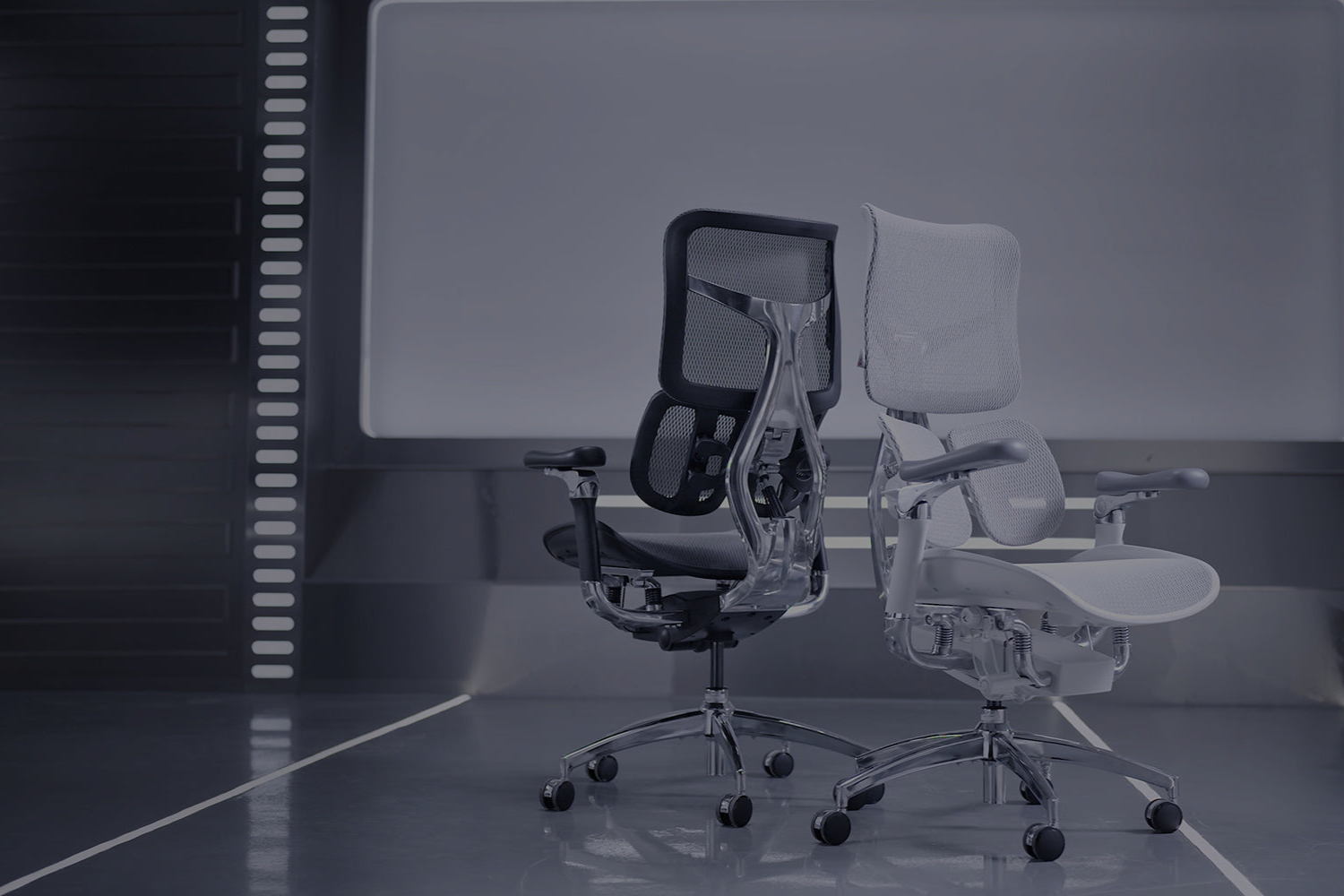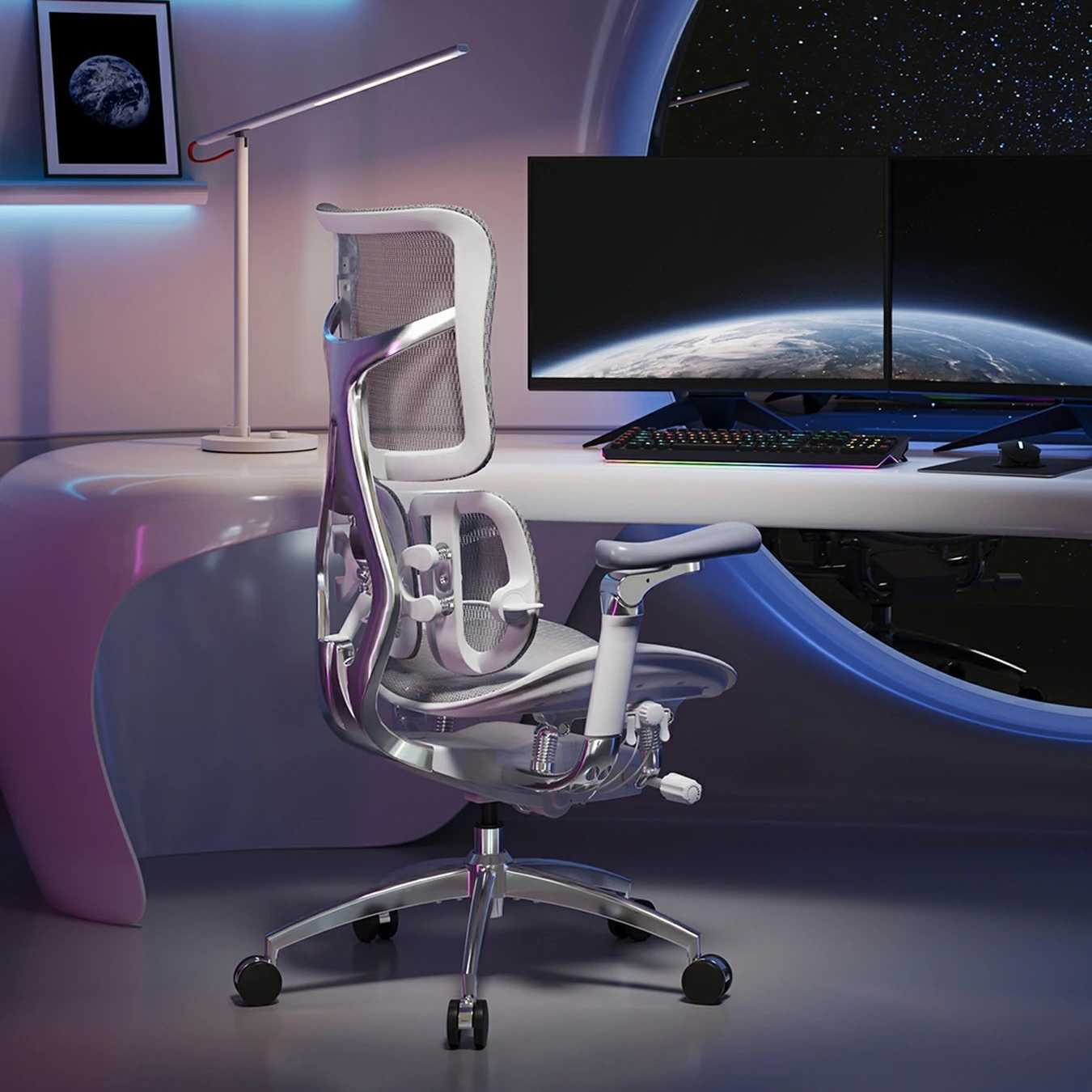EOFY May Be Over, But the Savings Aren't!
Missed the End of Financial Year rush? No worries! our Christmas in July Sale is officially on! From July 8 to 31, 2025, enjoy up to 40 percent off selected SIHOO ergonomic chairs. It's the perfect time to upgrade your workspace with comfort that lasts. Afterpay is available, but don't wait-these mid-year deals won't stick around for long.
With the end of financial year approaching fast, many Australians are reviewing expenses to see what can be claimed on their tax return this EOFY.
Among common work-from-home queries, one question stands out: Can you claim an ergonomic chair on tax? The answer depends on usage and purpose.
With remote and hybrid work now standard across many industries, the demand for quality office chairs has increased. Australians want comfort, support, and value.
But tax deductions aren't automatic. You need to meet specific criteria set by the Australian Taxation Office (ATO) when claiming an ergonomic chair on tax.
Let's explore what you can claim, how it works, and what the ATO expects from you this EOFY 2025.

Why Ergonomics Matter for Your Work Setup
Sitting for long hours causes back pain, muscle strain, and fatigue. Ergonomic chairs help promote better posture and reduce discomfort while working.
Whether you work from home occasionally or full-time, an ergonomic setup improves focus and protects your physical health in the long term.
Brands like Sihoo offer advanced designs, including adjustable lumbar support and breathable materials, perfect for those working long shifts at a desk.
Basic Criteria for Claiming a Chair
According to the ATO, to claim any item for tax purposes, it must meet three simple conditions.
- It must be used to earn income
- You paid for it yourself
- The use must be work-related and proportionate
Let's break down each requirement so you know what qualifies under Australian tax law this end of financial year.
1. Direct Connection to Income
The ATO requires the chair to be used as part of your income-earning work. This can include employment or business activities.
✅ Eligible: An accountant working from home three days a week using a chair mainly for work.
❌ Not eligible: A student using a chair for unpaid study and leisure.
2. You Paid Out of Pocket
You can only claim items that you personally paid for. If your employer reimbursed you, you cannot claim the expense again.
Always keep your receipts. If you buy a chair online or in-store, ensure the invoice shows your name and date of purchase.
3. Apportion for Private Use
If you use the chair for both work and personal use, you must apportion your claim. The ATO only allows deductions for the work-use portion.
For example, if the chair is used 80% for work and 20% for home activities, you can only claim 80% of the cost.
Fixed Rate vs Actual Cost: Choose the Right Method
You can claim home office expenses in two ways:
1. Revised Fixed Rate Method (67c/hour)
This simplified method allows you to claim 67 cents per hour you work from home. It covers running costs, internet, and consumables.
However, you can't claim furniture separately using this method. That includes ergonomic chairs and office chairs like those from Sihoo.
Use this method only if you haven't made major equipment purchases and want simplicity in your tax return.
2. Actual Cost Method
This method allows you to claim the real cost of home office items. You'll need receipts and a record of work-use percentage.
This is the only method that allows claiming an ergonomic chair on tax-either as an immediate deduction or depreciated asset.
Depreciation vs Immediate Deduction
The ATO treats large purchases differently based on their cost. Let's look at how your ergonomic chair fits into that.
Chair Costing $300 or Less
If your ergonomic chair costs $300 or less, and it's primarily used for work, you can claim the full amount in one year.
Chair Costing Over $300
If your chair costs more than $300, you must depreciate it over its effective life. For office furniture, the ATO uses a ten-year lifespan.
Example: A $600 chair, used 80% for work, is depreciated over 10 years. You claim $48 per year ($600 . 80% ÷ 10).
Sole Traders and Small Business Owners
Small business owners can access the instant asset write-off if they meet eligibility rules. This allows immediate deduction for assets under $20,000.
You must be a business with turnover under $10 million and use simplified depreciation rules. Check your eligibility carefully before claiming.
Remember, all claims must be tied to your business income and proportionately work-related to remain compliant with ATO rules.
What About Second-Hand Chairs?
Second-hand ergonomic chairs can be claimed as long as they meet the criteria. Keep screenshots, seller receipts, or listing information for record-keeping.
You still need to estimate a reasonable market value if no receipt is available. Apportion for work use and depreciate if over $300.
Other Work-Related Ergonomic Items
Besides chairs, other items that support your working posture may be claimable under the actual cost method. Examples include:
- Adjustable desks
- Monitor arms or stands
- Footrests
- Anti-fatigue mats
- Ergonomic keyboards and mice
- Laptop risers
Again, the key requirement is direct work use-not casual or personal use.
What You Cannot Claim
There are strict rules around what is not deductible under ATO guidelines. Be careful not to claim the following:
- Items paid for by your employer
- Items used mostly for personal use
- Furniture used for entertainment or leisure
- Study-related items with no income link
- Decorative or non-essential furniture
Claiming non-deductible items can trigger audits and possible penalties. When unsure, check with a registered tax agent.
Record-Keeping Requirements
The ATO requires all claims to be substantiated with clear records. You'll need:
Receipts or tax invoices
- Proof of work use (percentage or diary)
- Asset depreciation schedule
- Photos or notes of your home office layout (optional)
Keep these records for five years after lodging your return, as the ATO can review claims during this period.
Common Pitfalls to Avoid
Many Australians make mistakes when claiming work-from-home deductions. Avoid the following:
- Using the fixed rate method and also claiming furniture
- Forgetting to apportion private use
- No receipt or unclear purchase documentation
- Claiming study-related expenses with no income link
- Claiming gifts or reimbursed items
The ATO has increased scrutiny around home office claims, especially following the growth of remote work.
Final Thoughts: Worth Claiming?
If you work from home and use a supportive chair, claiming part of the cost could reduce your taxable income. That's money back in your pocket.
Quality ergonomic chairs like those from Sihoo are an investment in both health and productivity. The ATO supports reasonable work-related claims.
Just be honest about usage, choose the correct method, and keep good records. If you're unsure, seek advice from a registered tax professional.
EOFY 2025 Checklist: Claiming a Chair
✅ You paid for the chair yourself
✅ It's used to earn income
✅ You chose the actual cost method
✅ It's over $300? Depreciate it
✅ Work-use percentage is clear
✅ Not reimbursed by your employer
✅ Records are stored for five years
By following the rules and keeping evidence, you can confidently claim your ergonomic chair this EOFY and boost your tax return.
Got questions? Consult with a tax agent to ensure your setup complies with ATO guidelines and supports a strong claim this end of financial year.




